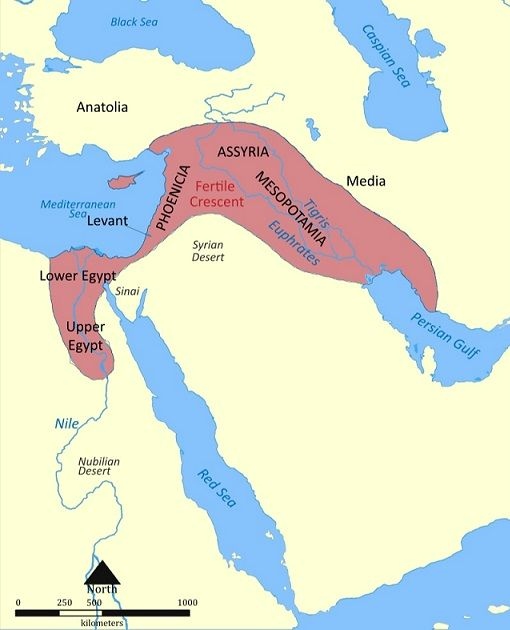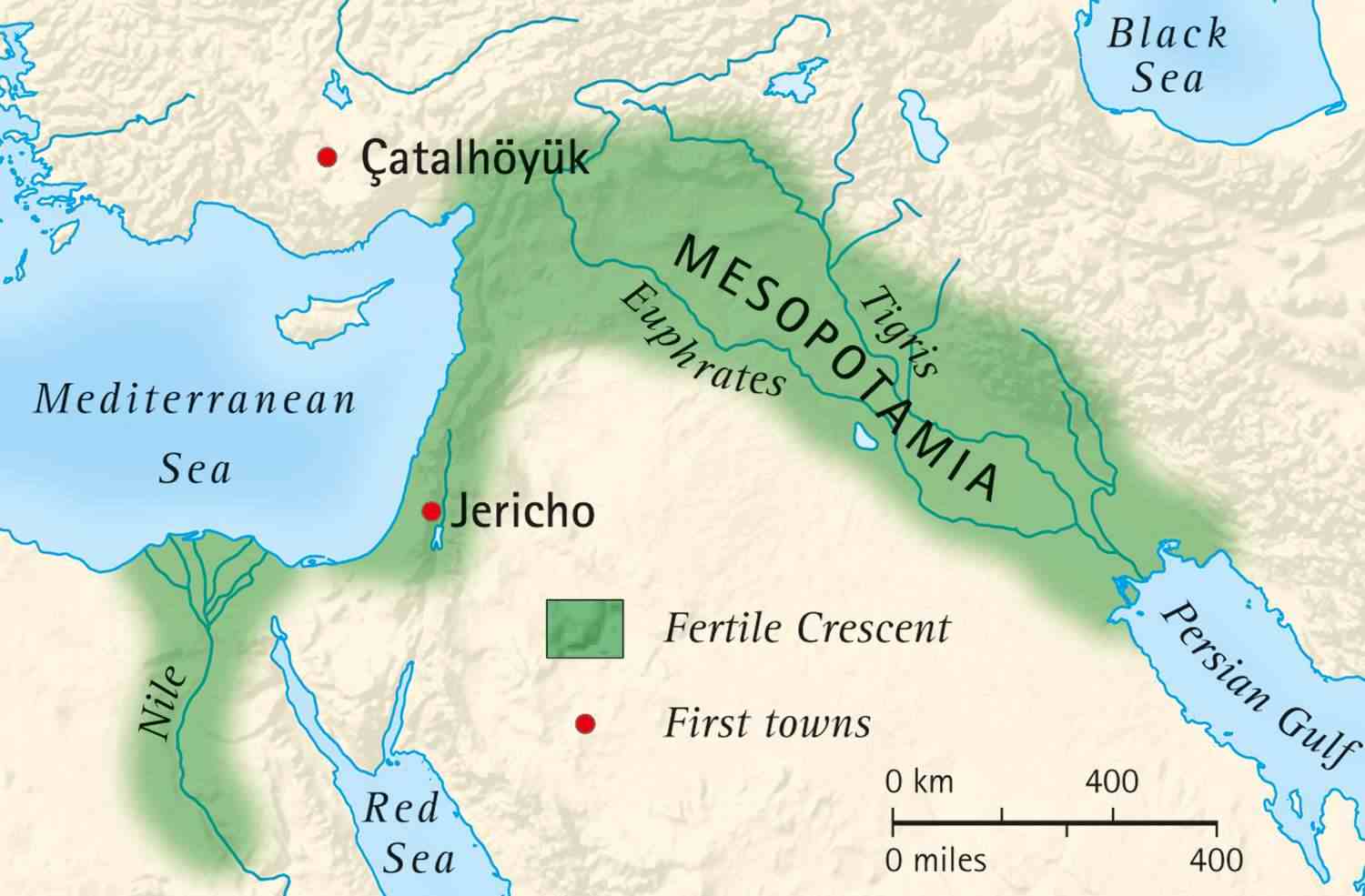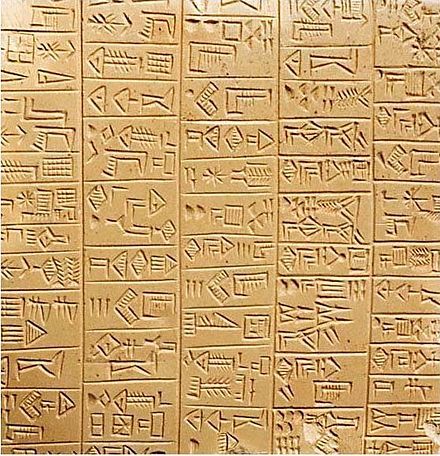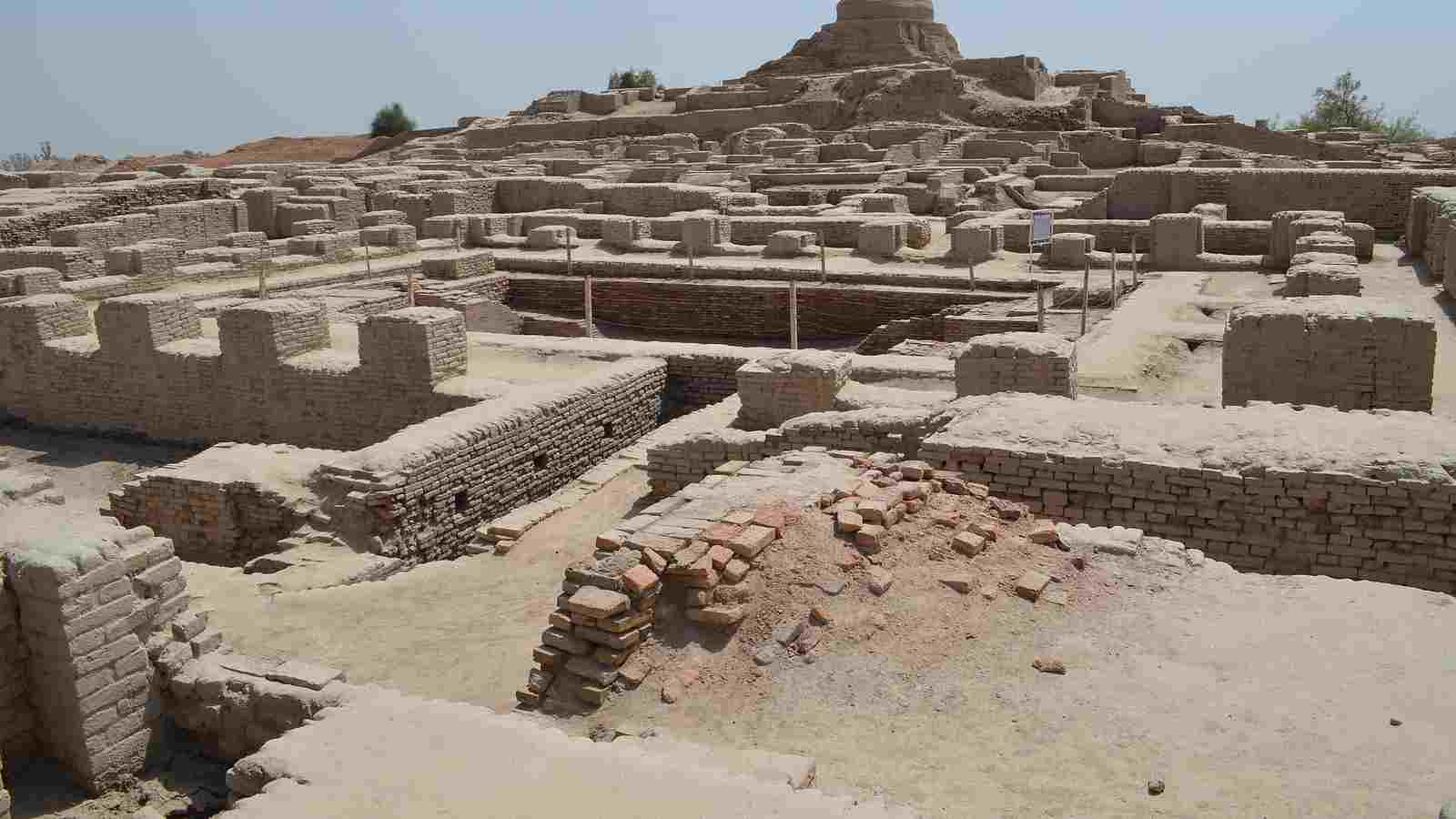The Indus Valley Civilisation, also known as the "Harappan Civilisation," is the oldest civilisation found in India. However, can you imagine another civilisation that existed before the Indus Valley civilisation and is known as the 'oldest civilisation in the world'?
If we compare this mysterious civilisation to the Indus Valley civilisation, then the Harappan civilisation dates back to approximately 3300 BCE to 1300 BCE, with its mature period spanning from 2600 BCE to 1900 BCE.
However, do you know which civilisation is older than the Indus Valley civilisation? Also the oldest civilisation in the world timeline? Let's uncover it!
Check Out| Which planet in the solar system is known as the "Red Planet"? Find Out Now!
Which is the Oldest Civilisation in the World?

The Mesopotamian civilisation is the oldest civilisation in the world, which existed around 4000–3500 B.C. between two rivers, which are the Tigris and Euphrates. This ancient civilisation is known for its advanced agricultural practices, development of writing, and intricate city planning.
So, now that we are well aware of the oldest civilisation in the world, let's explore its lesser-known facts, details and rich cultural heritage.
Also Read| What is in the briefcase of India's PM Bodyguards?
The Mesopotamia Civilisation: Home to the World’s First Cities

The oldest civilisation in the world is widely recognised as the Sumerian civilisation, which emerged in Mesopotamia, specifically in the region between the Tigris and Euphrates rivers, around 3500 BC.
This area corresponds to modern-day Iraq and is often referred to as the "cradle of civilisation" due to its significant contributions to human development.
Key Features of Sumerian Civilization
- Urban Development: The Sumerians established some of the first cities, such as Uruk and Ur, which were characterised by advanced urban planning and architecture. These cities featured monumental structures, including temples and ziggurats, which served as religious centres.
- Writing System: They developed cuneiform, one of the earliest known writing systems, which allowed for the recording of administrative, legal, and literary texts. This innovation was crucial for the administration of their complex society and facilitated trade and communication.
- Technological Advances: The Sumerians are credited with numerous inventions that laid the groundwork for future civilisations, including the wheel, plow, and advancements in mathematics and astronomy. Their innovations greatly influenced agriculture and trade practices.
- Social Structure: Sumerian society was stratified, with a ruling class of priests and kings at the top, followed by artisans, farmers, and labourers. This social hierarchy was supported by a system of laws, exemplified by the later Code of Hammurabi from Babylon.
- Cultural Contributions: They made significant strides in various fields such as literature (notably the Epic of Gilgamesh), religion (with a pantheon of gods), and art (including intricate pottery and sculptures) that have had a lasting impact on subsequent cultures.
Explore More| Which is the Largest Book Fair in India, Check Here
What Were the Major Achievements of the Sumerian Civilisation?

The Sumerian civilisation, one of the earliest known civilisations, achieved significant milestones that laid the foundation for future societies. Here are some of their major achievements:
Major Achievements of the Sumerian Civilization
1. Invention of Writing:
The Sumerians developed cuneiform, one of the earliest writing systems, around 3200 BC. This involved inscribing wedge-shaped symbols on clay tablets, allowing for record-keeping, literature, and communication.
2. Urbanisation and City-States:
They established some of the first urban centres, such as Uruk and Ur, which became complex city-states with advanced infrastructure, including temples (ziggurats), walls, and marketplaces.
3. Mathematics and Astronomy:
The Sumerians created a base-60 number system, leading to the division of time into 60 minutes per hour and 360 degrees in a circle. They also made significant advancements in astronomy, developing calendars based on lunar cycles.
4. Agricultural Innovations:
They pioneered irrigation techniques that transformed agriculture in the arid landscape of Mesopotamia. This allowed for surplus crop production, which supported population growth and urbanisation.
5. Technological Advances:
The Sumerians invented the wheel, which revolutionised transportation and trade. They also made tools for farming and construction, including saws and ploughs.
6. Literature:
The Sumerians produced some of the earliest known literary works, including the Epic of Gilgamesh, which is considered one of the first great pieces of literature in human history.
7. Legal Systems:
They established one of the first known legal codes and administrative systems to govern their cities effectively. This included property laws and tax collection.
8. Art and Architecture:
Sumerian art included intricate pottery, sculptures, and jewellery. Architecturally, they are known for building ziggurats—massive stepped structures that served religious purposes.
9. Trade Networks:
The Sumerians engaged in extensive trade with neighbouring regions, which facilitated cultural exchange and economic prosperity.
For You| Which Country is called the Switzerland of the Middle East, Check Here
What Are Some Notable Differences Between the Sumerian and Indus Valley Civilisations?

The Sumerian and Indus Valley civilisations, both flourishing around the same time (approximately 2500-1900 BCE), exhibited significant differences in various aspects such as geography, social structure, economic practices, and urban planning.
1. Geographical Context
- Sumerian Civilisation: Located between the Tigris and Euphrates rivers in modern-day southern Iraq, Sumer was characterised by fertile land that supported extensive agriculture. The region's irrigation systems were crucial for farming and trade.
- Indus Valley Civilisation: Situated along the Indus River in present-day Pakistan and northwest India, this civilisation also benefitted from fertile floodplains but developed in a more isolated environment compared to Sumer. Its cities were often built with advanced urban planning techniques.
2. Urban Planning and Architecture
- Sumerians: Known for their monumental architecture, including ziggurats (step pyramids), Sumerian cities like Ur and Uruk had large temples and palaces that served as centres of religious and political life.
- Indus Valley: Cities such as Mohenjo-Daro and Harappa were notable for their sophisticated urban planning, featuring grid layouts, advanced drainage systems, and standardised baked bricks. However, they lacked large temples or palatial structures, indicating a different approach to urban governance and religious practices.
3. Social Structure
- Sumerians: Society was stratified into distinct classes: nobles, commoners, and slaves. The ruling class included priests and kings who held significant power over the populace.
- Indus Valley: Evidence suggests a more egalitarian society with less pronounced class distinctions. While there was a form of social hierarchy, it did not appear as rigid as that of Sumer. The absence of monumental religious structures implies a different societal organisation.
4. Economic Practices
- Sumerians: The economy was heavily based on agriculture, supplemented by trade in goods such as textiles, grains, and crafted items. They developed cuneiform writing to facilitate trade documentation.
- Indus Valley: This civilisation engaged in extensive trade networks, exporting goods like cotton textiles and semi-precious stones. Their economy also relied on agriculture but was marked by advanced water management systems that supported both farming and urban living.
5. Religious Practices
- Sumerians: Polytheistic beliefs were central to Sumerian culture, with numerous deities representing natural forces. Their religion involved elaborate rituals conducted by priests within grand temples.
- Indus Valley: While also polytheistic, the religious practices of the Indus people remain less understood due to the undeciphered script. There is little evidence of temples or priestly classes, suggesting a different relationship with spirituality compared to Sumer.
6. Legal Framework
- Sumerians: The Code of Hammurabi is one of the earliest legal codes from this region, establishing laws governing various aspects of daily life, from property rights to family law.
- Indus Valley: There is little evidence of formalised laws; however, archaeological findings suggest a society that may have operated on social norms rather than codified laws.
Comments
All Comments (0)
Join the conversation